
Whether you ran out of yellow mustard, don't keep it on hand, or prefer not to use it, several options exist to substitute for yellow mustard in cooking. Yellow mustard is dry, ground mustard mixed with vinegar, which is what gives it that tangy flavor. To substitute for the condiment, first decide whether the reason yellow mustard was called for was for the bite, or for the flavor of mustard itself.
Stick With Mustard
Instead of yellow mustard, try using Dijon, stone ground, or flavored mustard. Dijon and stone-ground mustards will change the flavor profile, but will still impart the mustard taste. Dijon mustard is made with acidic juice from freshly pressed grapes, instead of vinegar. Stone-ground mustard is a German-style mustard that offers a greater amount of heat. If you choose to use either of these options, if possible, test the recipe with a smaller amount of the mustard first, and adjust, as needed.
Horseradish
If you are looking for the tang and heat of yellow mustard in your substitute, horseradish offers a good substitute. Use less horseradish than you would yellow mustard, though, as it is spicier than the mustard. Add a little bit of fresh, grated horseradish to the recipe directly, or mash fresh horseradish into a paste before combining. Alternatively, use prepared horseradish and add directly from the jar.
Wasabi
Another substitute for the heat of yellow mustard is wasabi. Generally associated with Asian cuisine, and sometimes known as Japanese horseradish -- though it is a different plant from horseradish -- wasabi is available as a root to be grated, powder, or as a ready-to-use paste. Add the wasabi in small amounts, as the heat is generally more intense than the yellow mustard. Unless your recipe calls for significant amounts of mustard, the flavor profile should stay similar. Consider mixing in a bit of mustard powder with the wasabi.
Eggs
If your recipe calls for yellow mustard as an emulsifier -- an ingredient to hold the recipe together, such as in a vinaigrette -- an egg yolk will work in its stead. For food safety, use the yolk of a pasteurized egg, if you are not going to cook the recipe. The viscosity of the egg yolk will create a similar texture as the mustard, developing the same creaminess and maintaining the structural stabilization that the mustard would achieve.
Related Articles

Substitute for English Mustard
How to Freeze Fresh Ground Horseradish

Cooking Substitute for Tamarind ...
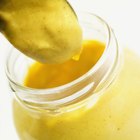
Can I Substitute Mustard for Moutarde ...

Galangal Powder Substitute
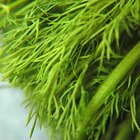
Classic Russian Spices

What to Substitute for Mirin

What Can I Substitute for the Flavor of ...

Difference Between Clover & Orange ...

How Much Turmeric Powder Is in Curry?

Garam Masala Substitute
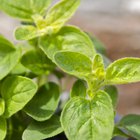
How to Eat Fresh Oregano Leaves

Cooking Substitutes for Chili Powder

Cooking Substitute for Tamarind ...

What Is a Good Substitute for ...

Can I Exchange Cinnamon for Allspice?

What Relation Is My Grandchild to My ...

Baking Substitution for Rosewater
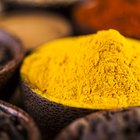
How to Cook With Turmeric Powder
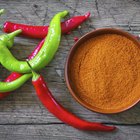
Ancho Chili Powder Vs. Chili Powder
References
- The Science of Good Cooking (Cook's Illustrated Cookbooks); The Editors of America's Test Kitchen and Guy Crosby, Ph.D.
- The Cook's Thesaurus
- The Professional Chef; The Culinary Institute of America
Resources
- The Food Substitutions Bible: More Than 6,500 Substitutions for Ingredients, Equipment and Techniques; David Joachim
- Substituting Ingredients, 4E: The A to Z Kitchen Reference Paperback; Becky Sue Epstein
- Food and Cooking: The Science and Lore of the Kitchen; Harold McGee
Writer Bio
Kathryn Roberts has worked in the culinary industry for nearly a decade in various roles, including pastry chef and bakery manager. After studying at the Culinary Institute of America, she earned her BFA from Goddard College and is pursing an MFA in Writing from Vermont College of Fine Arts.
Photo Credits
Stockbyte/Stockbyte/Getty Images